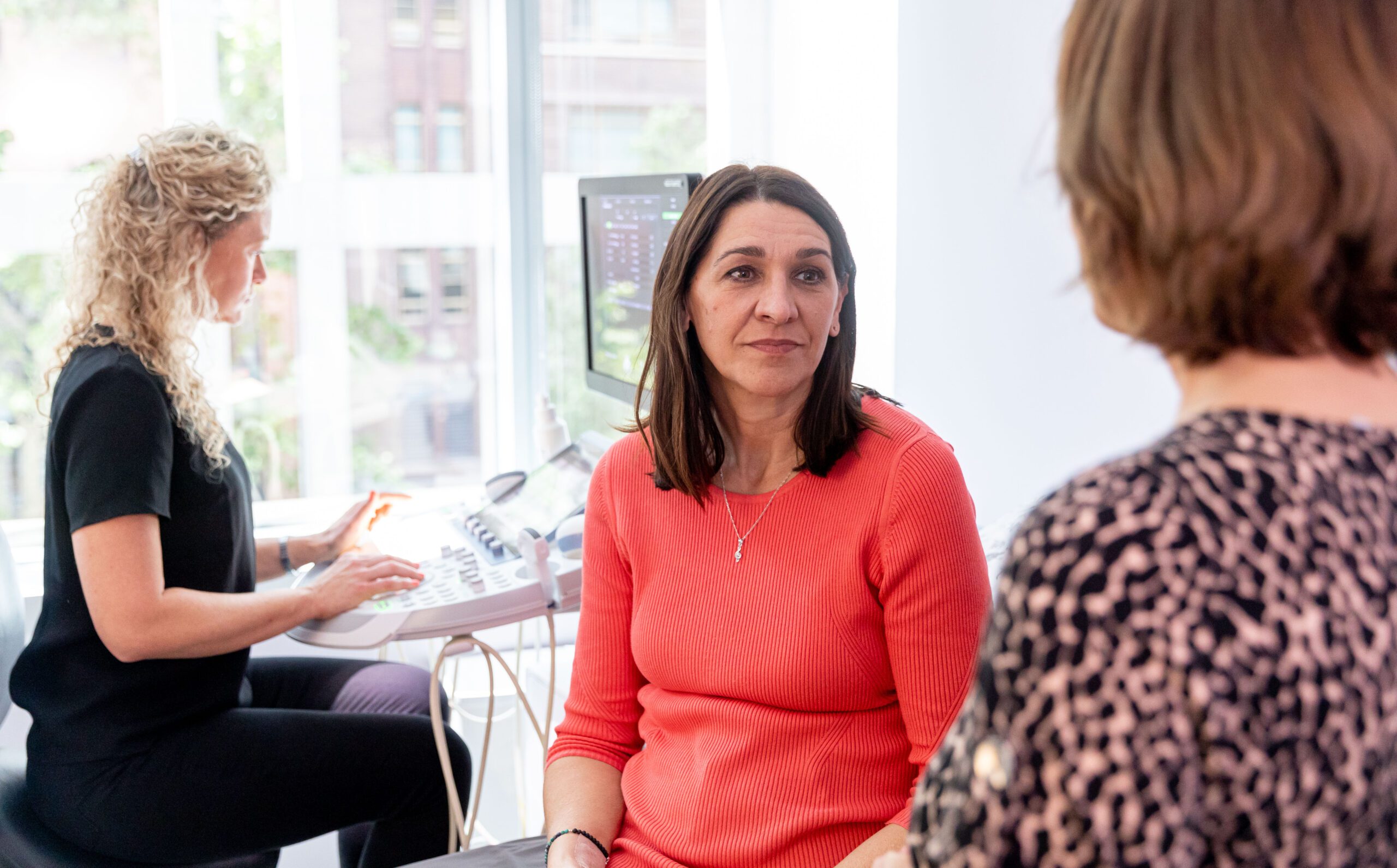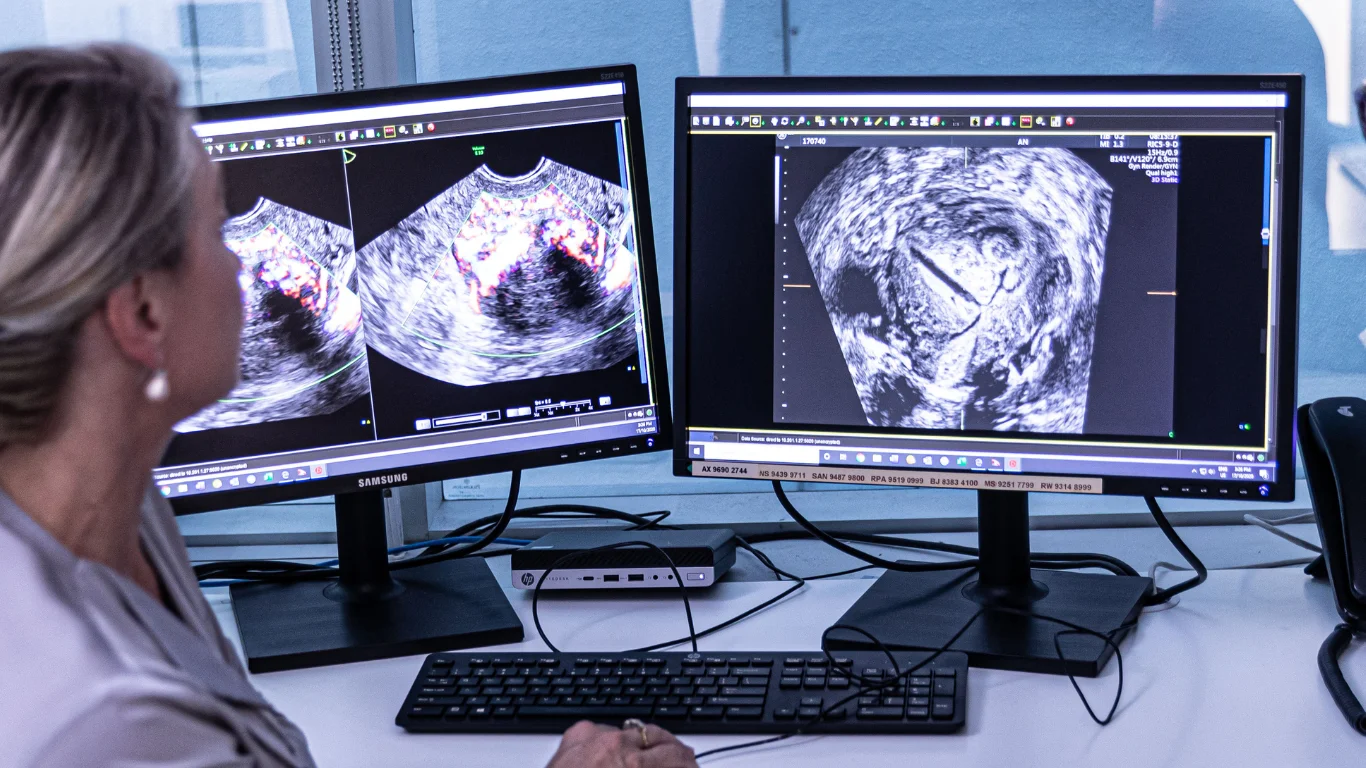Endometriosis is a common yet often misunderstood condition affecting approximately 1 in 10 women of reproductive age. It occurs when tissue similar to the uterine lining grows outside the uterus, leading to inflammation, pain, and sometimes fertility issues. The symptoms of endometriosis can vary greatly, with some women experiencing few or no symptoms, while others face severe pain and discomfort. Understanding the common symptoms is crucial for early detection, diagnosis, and management of the condition.
The Most Common Symptom: Pain
Pain is the most common and often the most debilitating symptom of endometriosis. It is typically felt in the lower abdomen or pelvic region, although it can radiate to other areas. While some pain during menstruation is normal, the pain associated with endometriosis is usually much more severe and can significantly impact daily life. Some common forms of pain include:
- Painful periods: Severe menstrual cramps, starting a day or two before menstruation and lasting for several days, are common. The pain may be deep and constant, unlike typical menstrual discomfort.
- Pain before menstruation and during ovulation: Pain may begin before your period starts and can also occur during ovulation, which is typically around the middle of your menstrual cycle.
- Lower back pain: Many women with endometriosis report pain in the lower back that may be linked to their menstrual cycle or may occur independently of it.
Pain During Other Activities
Endometriosis can also cause pain during activities that may otherwise be pain-free for most women:
- Pain during intercourse: Pain during or after sex is another common symptom. This pain can often be severe and may significantly affect relationships and overall quality of life.
- Pain during internal examinations: Pelvic exams can cause discomfort for women with endometriosis, as the condition may cause inflammation or adhesions in the pelvic organs.
- Pain during urination or bowel movements: Painful urination or bowel movements, particularly during menstruation, may occur if endometrial-like tissue grows on or near the bladder or bowel.
Additional Symptoms of Endometriosis
While pain is the primary symptom, endometriosis can cause other issues, such as:
- Infertility: Endometriosis is a leading cause of infertility, affecting up to 50% of women with the condition. Adhesions, scarring, or blocked fallopian tubes can make it more difficult to conceive.
- Heavy or irregular periods: Women with endometriosis may experience unusually heavy bleeding or irregular periods. This can lead to further discomfort and may require medical intervention.
- Bleeding from the bowel or urinary tract: In some cases, women may experience rectal bleeding or blood in their urine due to endometrial-like tissue affecting the bowel or bladder.
How is Endometriosis Diagnosed?
Endometriosis can often be challenging to diagnose, as its symptoms overlap with many other conditions, such as pelvic infections, ovarian cysts, or irritable bowel syndrome (IBS). Many women experience symptoms for years before receiving an accurate diagnosis.
One of the most common ways to help in diagnosing endometriosis is through ultrasound. While ultrasound cannot definitively diagnose endometriosis, it can help identify signs of the condition, especially in cases involving ovarian cysts or deep infiltrating endometriosis (DIE).
- Transvaginal ultrasound: This type of ultrasound uses a small probe inserted into the vagina to get clear images of the reproductive organs. It is particularly useful for detecting ovarian cysts (endometriomas), which are commonly associated with endometriosis.
- Ultrasound for deep infiltrating endometriosis (DIE): In cases of deep infiltrating endometriosis, ultrasound can help identify lesions that invade the pelvic tissues, such as the bladder, bowel, or rectum. This is particularly important for women with more severe forms of endometriosis.
Although ultrasound can provide valuable information, a definitive diagnosis often requires laparoscopy, a minimally invasive surgical procedure where a small camera is inserted into the pelvic cavity to directly observe the endometrial tissue outside the uterus.
When to Seek Help
If you experience any of the symptoms mentioned above, especially severe or chronic pain, irregular periods, or difficulty conceiving, it’s important to seek medical advice. Early diagnosis and treatment can help manage symptoms, reduce complications, and improve quality of life. A GP can recommend the most appropriate tests and treatment options, including ultrasound, to help diagnose endometriosis.
Don’t ignore the signs—seek support to improve your quality of life and take control of your health.






